Home>Gardening & Outdoor>Landscaping Ideas>How Often To Water Grass Seedlings
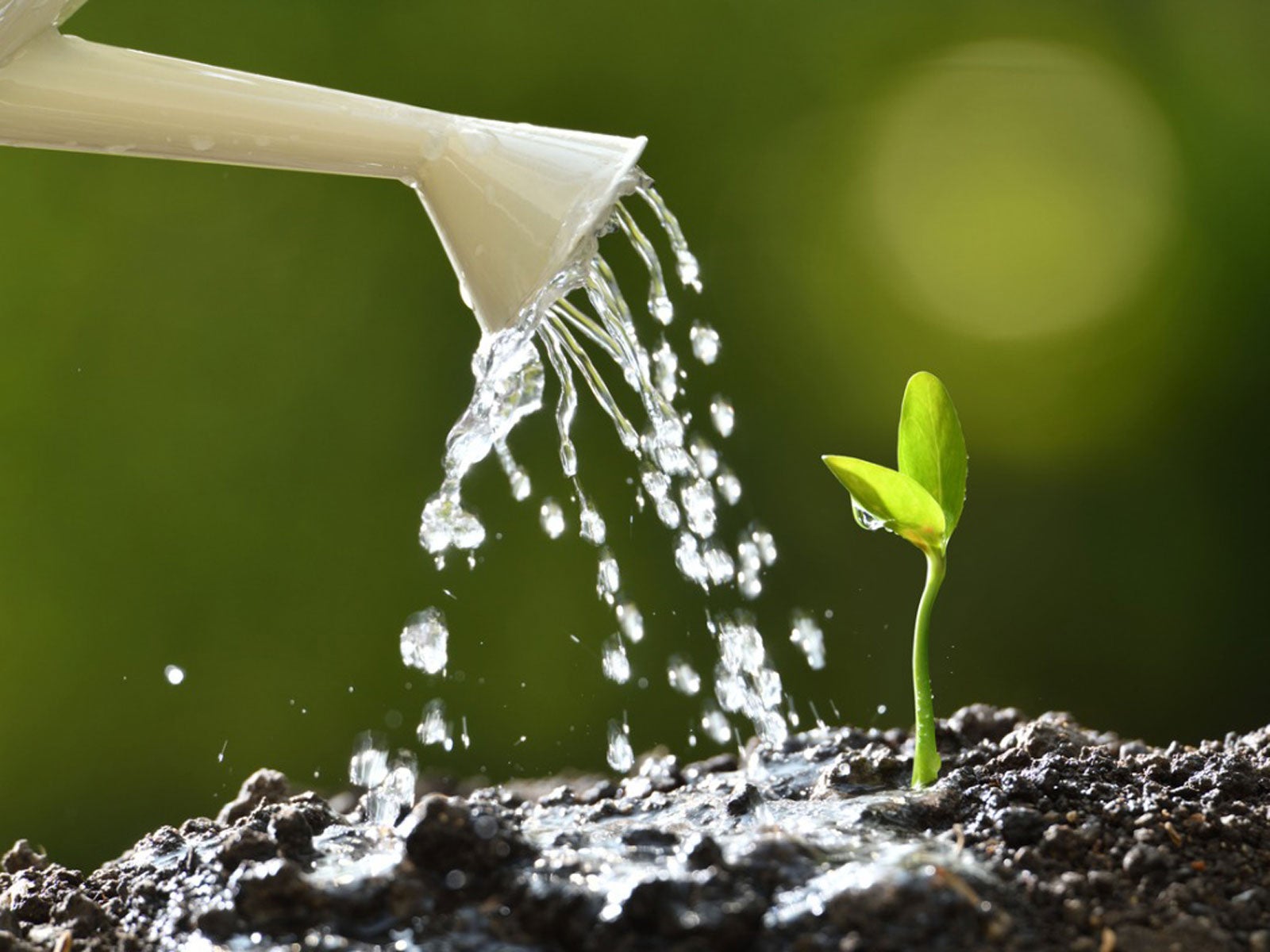

Landscaping Ideas
How Often To Water Grass Seedlings
Modified: March 24, 2024
Learn the best watering schedule for your grass seedlings with our expert landscaping ideas. Keep your lawn healthy and thriving with our watering tips.
(Many of the links in this article redirect to a specific reviewed product. Your purchase of these products through affiliate links helps to generate commission for Storables.com, at no extra cost. Learn more)
Introduction
Starting a new lawn from grass seedlings can be an exciting and rewarding endeavor. Proper watering is crucial during this early stage of growth, as it directly impacts the establishment and long-term health of your grass. Understanding the optimal watering frequency for grass seedlings is essential for nurturing strong, vibrant turf.
Watering grass seedlings involves a delicate balance, as both overwatering and underwatering can hinder their development. By considering various factors such as soil type, weather conditions, and the specific grass species, you can tailor a watering regimen to meet the unique needs of your lawn. This article will explore the factors influencing watering frequency, signs of overwatering and underwatering, an ideal watering schedule, and valuable tips to ensure the proper hydration of your grass seedlings.
Embarking on this journey requires not only patience but also a keen understanding of the intricacies involved in nurturing young grass. By delving into the nuances of watering practices, you can cultivate a flourishing lawn that will be the envy of the neighborhood. Let's delve into the essential considerations and best practices for watering grass seedlings, paving the way for a lush and resilient lawn to thrive for years to come.
Key Takeaways:
- Proper watering of grass seedlings is crucial for healthy growth. Factors like soil type, weather, and grass species influence watering frequency. Signs of overwatering and underwatering should be monitored to adjust watering practices.
- Crafting a tailored watering schedule and using proper techniques, like deep watering and mulching, promotes strong and resilient grass seedlings. Adjusting based on weather and regular maintenance of irrigation systems are key for a lush and enduring lawn.
Read more: How Often To Grass Be Watered
Factors Affecting Watering Frequency
Several key factors influence the frequency at which grass seedlings should be watered. Understanding these variables is crucial for devising an effective watering regimen that promotes healthy growth and development.
- Soil Type: The composition of the soil plays a significant role in determining watering frequency. Well-draining soils, such as loamy or sandy soils, require more frequent watering, as they tend to dry out faster. In contrast, clay soils retain moisture for longer periods, necessitating less frequent watering.
- Weather Conditions: Ambient temperature, humidity levels, and prevailing weather patterns directly impact the water needs of grass seedlings. During hot and dry spells, more frequent watering is essential to prevent the soil from drying out and damaging the delicate young roots.
- Grass Species: Different grass species have varying water requirements. Cool-season grasses, such as Kentucky bluegrass and fescue, typically need more frequent watering, especially in warmer climates. Warm-season grasses like Bermuda grass and Zoysia have higher drought tolerance but still require adequate moisture during establishment.
- Time of Year: Watering frequency may need to be adjusted based on the season. In the early stages of growth, particularly during the warmer months, more frequent watering is often necessary to support robust root development and overall plant vigor.
- Shade and Sun Exposure: The amount of sunlight a lawn receives influences its water requirements. Shaded areas may retain moisture better and require less frequent watering, whereas sun-exposed areas may need more attention to prevent drying out.
By carefully considering these factors, you can tailor your watering schedule to meet the specific needs of your grass seedlings, ensuring they receive the appropriate amount of moisture to thrive. Next, we’ll explore the telltale signs of overwatering and underwatering to help you gauge the effectiveness of your current watering practices.
Signs of Overwatering and Underwatering
Recognizing the signs of overwatering and underwatering is essential for maintaining the health and vitality of grass seedlings. Both conditions can have detrimental effects on the developing roots and overall growth of the lawn. By understanding these indicators, you can adjust your watering practices accordingly to ensure optimal conditions for your grass seedlings.
- Overwatering: Excessive moisture in the soil can lead to a range of issues, including root rot, fungal diseases, and stunted growth. Signs of overwatering may include waterlogged soil, a foul smell emanating from the lawn, and the presence of mold or mildew. Additionally, grass may appear wilted or have a yellowish hue despite being consistently watered, indicating that the roots are suffocating due to waterlogged conditions.
- Underwatering: Insufficient moisture can also manifest in visible symptoms. Grass seedlings experiencing drought stress may exhibit signs such as wilting, a bluish-gray tint, or a visibly dry and parched appearance. In severe cases, the grass may go dormant or develop brown patches as a survival mechanism to conserve energy and moisture.
By closely monitoring your lawn and being attentive to these signs, you can adjust your watering frequency and volume to rectify any imbalances and promote healthy growth. Establishing an effective watering schedule is essential to mitigate the risks of overwatering and underwatering, fostering the development of robust and resilient grass seedlings.
Next, we’ll delve into crafting an optimal watering schedule tailored to the needs of grass seedlings, taking into account the aforementioned factors and signs of moisture-related stress.
Water grass seedlings every day for the first 2 weeks, then gradually reduce to every 2-3 days. Keep the soil consistently moist, but not waterlogged, to promote healthy growth.
Watering Schedule for Grass Seedlings
Developing a well-structured watering schedule is pivotal for nurturing healthy grass seedlings. By incorporating the various factors influencing watering frequency and understanding the signs of overwatering and underwatering, you can craft a tailored watering regimen to support the vigorous growth and establishment of your lawn.
During the initial phase of growth, it’s essential to ensure consistent moisture in the soil to facilitate robust root development. For newly sown grass seedlings, a general guideline is to water lightly and frequently, keeping the soil consistently moist but not waterlogged. This may involve watering the area once or twice daily, particularly in warm and dry conditions, to prevent the soil from drying out.
As the grass seedlings begin to establish themselves and develop deeper roots, the frequency of watering can be gradually reduced. It’s important to transition from frequent, shallow watering to less frequent but deeper watering, encouraging the roots to delve deeper into the soil in search of moisture. This promotes stronger, more resilient grass plants that are better equipped to withstand environmental stressors.
Adapting the watering schedule based on weather conditions is crucial. During periods of high temperatures or low humidity, increased watering may be necessary to compensate for the elevated moisture loss from the soil and the plants. Conversely, in cooler or more humid conditions, the frequency of watering can be adjusted to prevent waterlogging and promote optimal root oxygenation.
Regularly assessing the moisture levels in the soil can guide your watering schedule. Simple methods, such as probing the soil with a screwdriver to gauge its moisture content or using a soil moisture meter, can provide valuable insights into when and how much to water. By ensuring that the soil remains consistently moist but not saturated, you can create an environment conducive to the healthy development of your grass seedlings.
By tailoring your watering schedule to align with the specific needs of your grass seedlings, you can foster their growth and resilience, laying the foundation for a vibrant and lush lawn. Next, we’ll explore essential tips for proper watering to further optimize the care provided to your grass seedlings.
Tips for Proper Watering
Implementing proper watering techniques is fundamental to the successful establishment and sustained health of grass seedlings. By following these essential tips, you can optimize your watering practices to nurture robust and vibrant turf.
- Water in the Morning: Aim to water your grass seedlings in the early morning to maximize absorption and minimize water loss due to evaporation. This allows the plants to uptake moisture efficiently and reduces the risk of prolonged leaf wetness, which can contribute to disease development.
- Deep Watering: Encourage deep root growth by watering the lawn thoroughly but infrequently. This promotes stronger, more resilient roots that are better equipped to access moisture from deeper within the soil, enhancing the overall drought tolerance of the grass seedlings.
- Observe Runoff: When watering, monitor the lawn for runoff. If you notice water pooling or running off the surface, it indicates that the soil has reached its saturation point. To prevent wastage and ensure effective absorption, water in intervals to allow the soil to absorb the moisture gradually.
- Use Mulch: Applying a layer of organic mulch, such as shredded bark or compost, helps retain soil moisture, suppresses weed growth, and moderates soil temperature. Mulching around grass seedlings can reduce water evaporation from the soil surface and contribute to a more consistent soil moisture level.
- Adjust Based on Weather: Be attentive to weather forecasts and adjust your watering schedule accordingly. During periods of rainfall, you may need to reduce supplemental watering to prevent oversaturation, while hot and dry conditions may necessitate increased watering frequency.
- Regular Maintenance: Routinely inspect and maintain your irrigation system, ensuring that it delivers water evenly across the lawn. Periodically check for clogged or misaligned sprinkler heads to guarantee uniform coverage and efficient water distribution.
By incorporating these tips into your watering routine, you can optimize the hydration of your grass seedlings, fostering their resilience and long-term vitality. Consistent and mindful watering practices contribute to the development of a lush and thriving lawn, enriching your outdoor space with natural beauty and resilience.
As you implement these strategies, you’ll be well-equipped to provide the optimal care for your grass seedlings, nurturing their growth and contributing to the creation of a vibrant and resilient lawn. With a comprehensive understanding of the factors influencing watering frequency, the signs of overwatering and underwatering, an effective watering schedule, and valuable tips for proper watering, you are poised to cultivate a lush and enduring lawn that enhances your outdoor environment.
Read more: How Often To Water The Grass
Conclusion
Nurturing grass seedlings into a thriving and resilient lawn requires a thoughtful and attentive approach to watering. By considering the diverse factors that influence watering frequency, recognizing the signs of overwatering and underwatering, and crafting a tailored watering schedule, you can lay the groundwork for the successful establishment of healthy turf.
Understanding the unique water requirements of your grass seedlings based on soil type, weather conditions, grass species, and sun exposure empowers you to provide targeted care that fosters optimal growth. By adapting your watering practices to align with these factors, you can create an environment conducive to the robust development of your lawn.
Recognizing the telltale signs of overwatering and underwatering equips you with the ability to adjust your watering regimen in response to the specific needs of your grass seedlings. This proactive approach mitigates the risks of moisture-related stress and contributes to the sustained health and vigor of your lawn.
Crafting a well-structured watering schedule, complemented by mindful and effective watering techniques, is essential for nurturing strong and resilient grass seedlings. By providing consistent moisture, adjusting based on weather conditions, and promoting deep root growth, you create an environment where your grass seedlings can flourish and thrive.
By incorporating these insights and implementing best practices for proper watering, you are poised to cultivate a vibrant and enduring lawn that enriches your outdoor space with natural beauty and resilience. Your commitment to providing optimal care for your grass seedlings sets the stage for the creation of a lush and inviting outdoor environment for years to come.
Embracing the art and science of watering grass seedlings not only contributes to the visual appeal of your landscape but also nurtures a thriving ecosystem that enhances your outdoor living experience. With a holistic understanding of watering practices, you are well-equipped to embark on a journey of cultivating a resilient and captivating lawn that becomes a source of pride and natural splendor.
Frequently Asked Questions about How Often To Water Grass Seedlings
Was this page helpful?
At Storables.com, we guarantee accurate and reliable information. Our content, validated by Expert Board Contributors, is crafted following stringent Editorial Policies. We're committed to providing you with well-researched, expert-backed insights for all your informational needs.
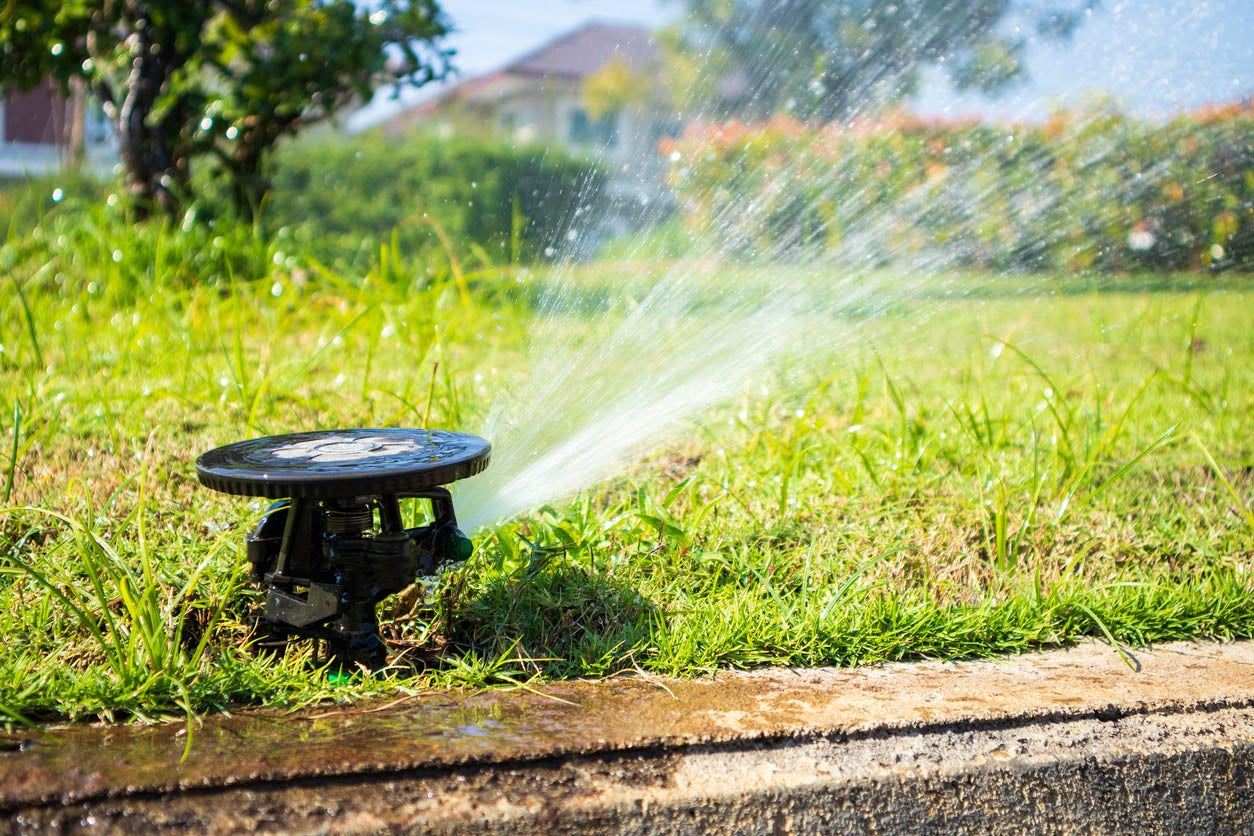
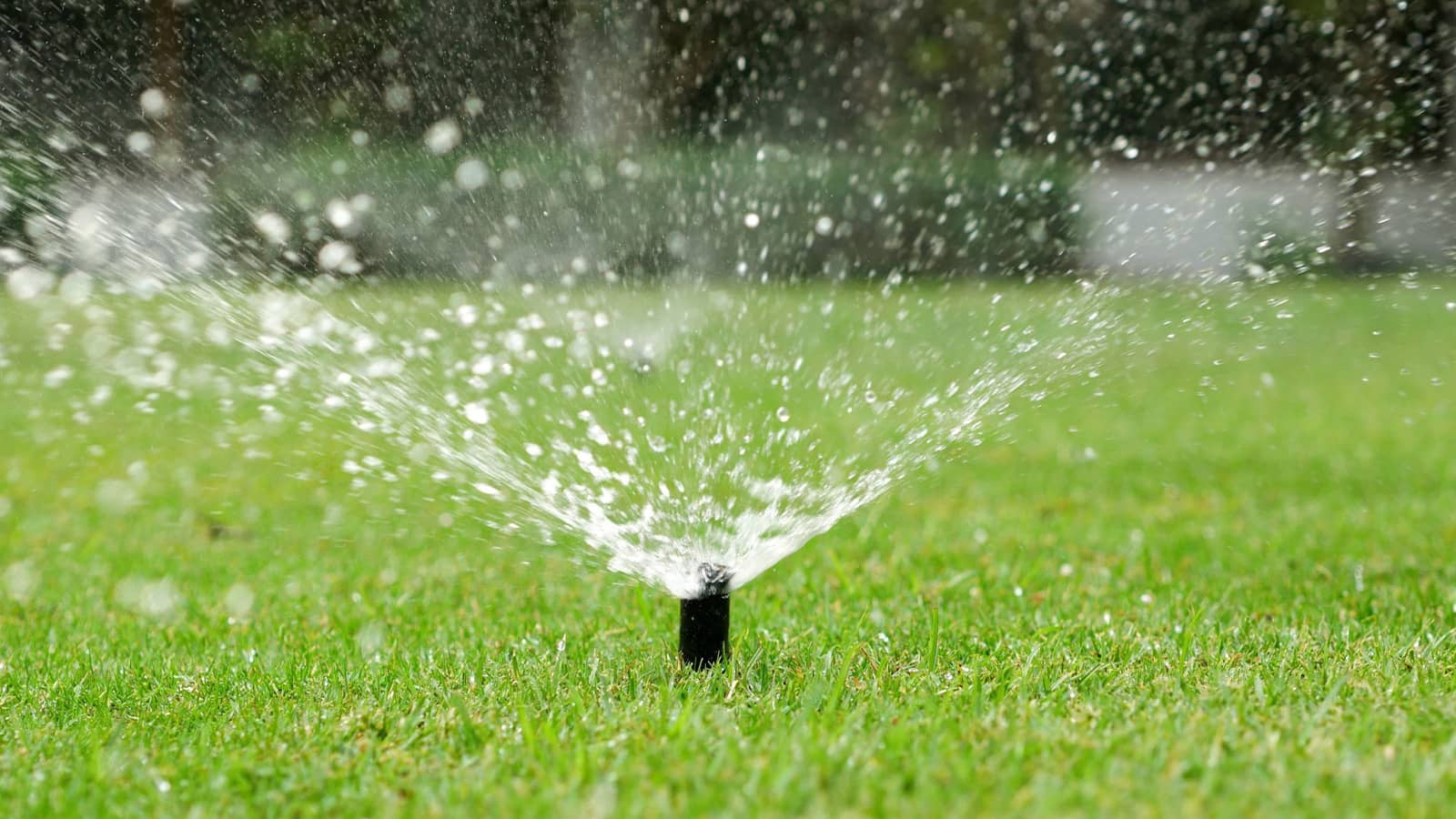
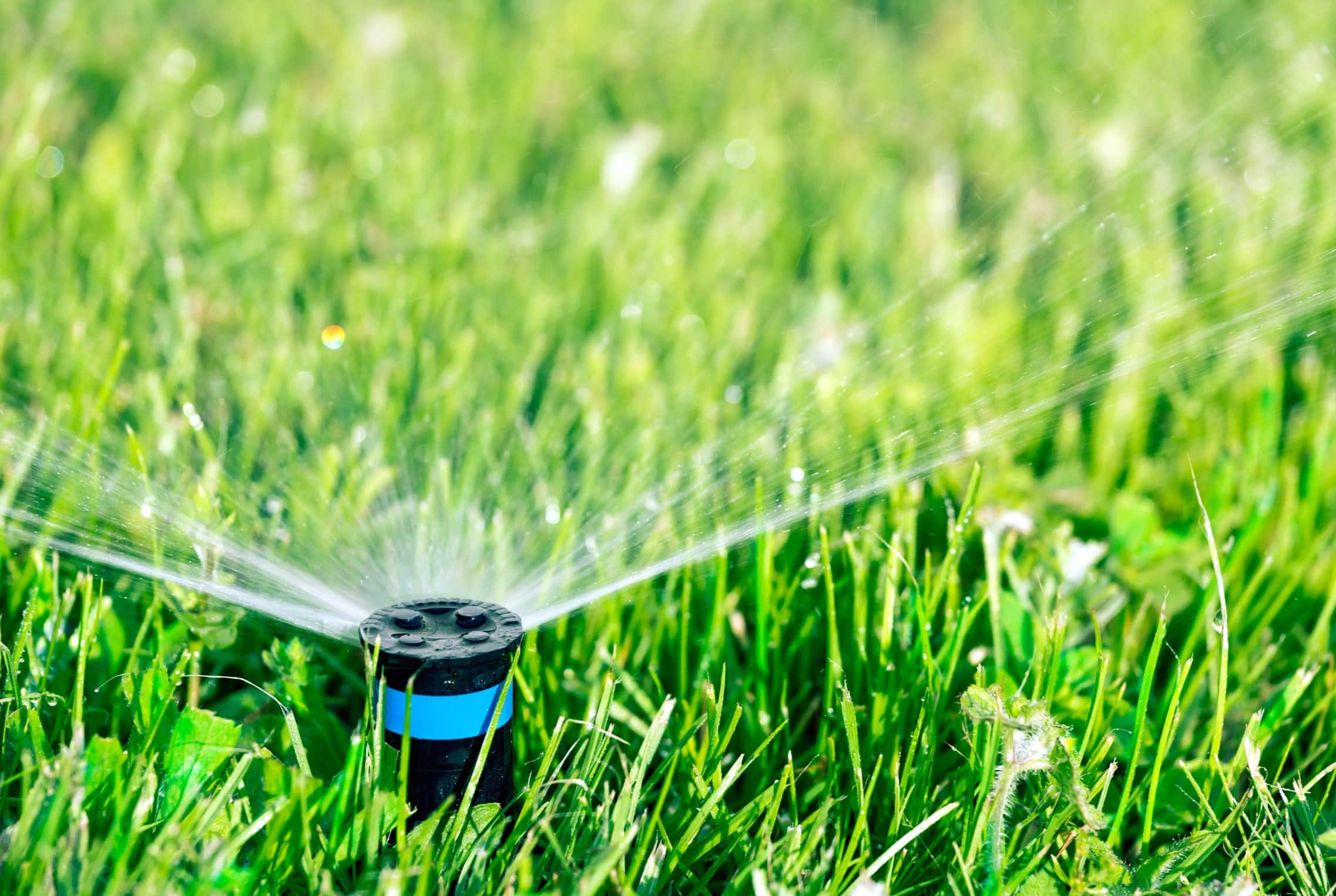
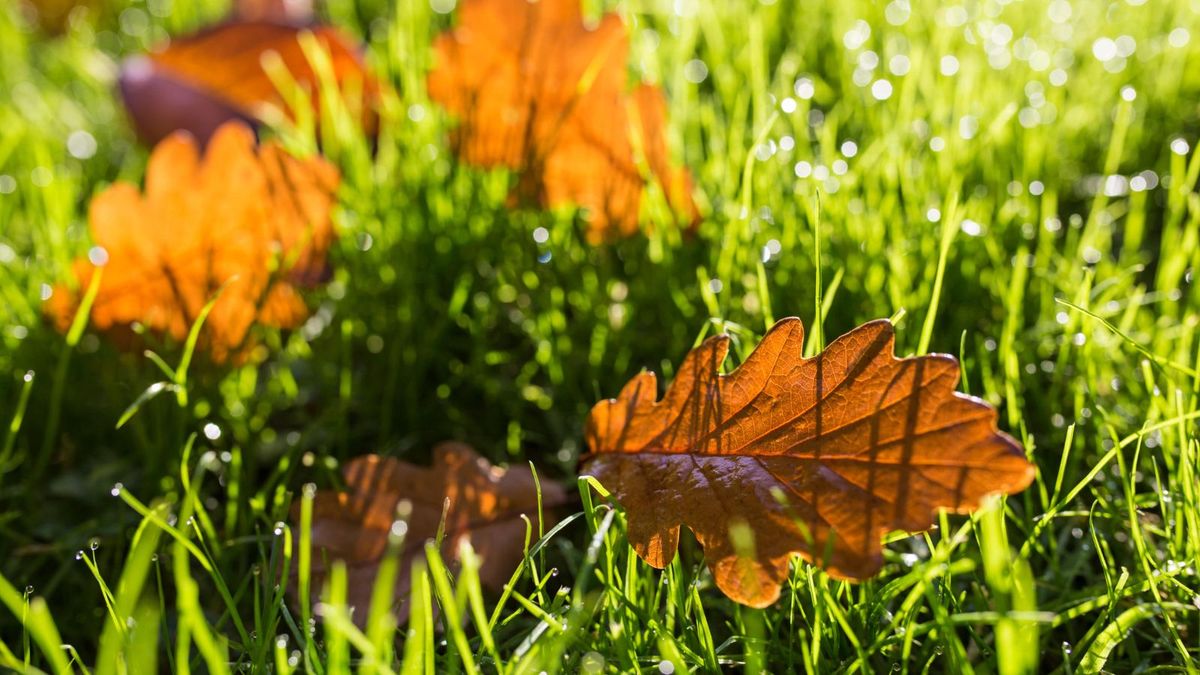
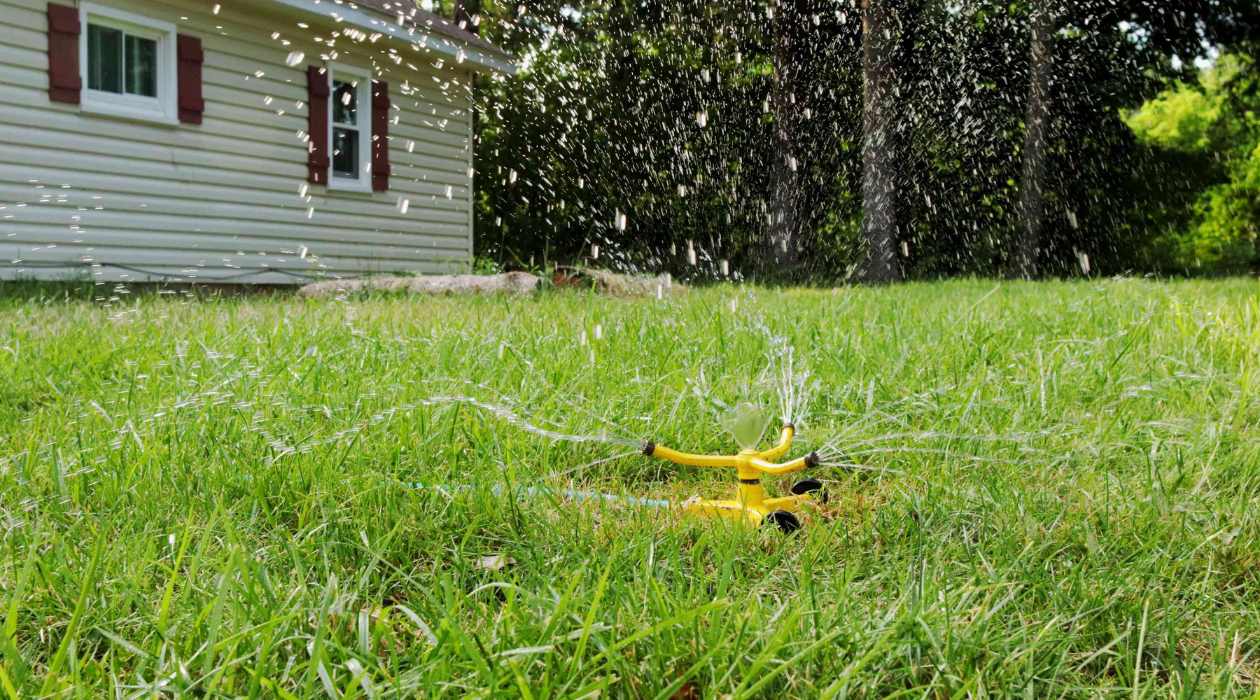
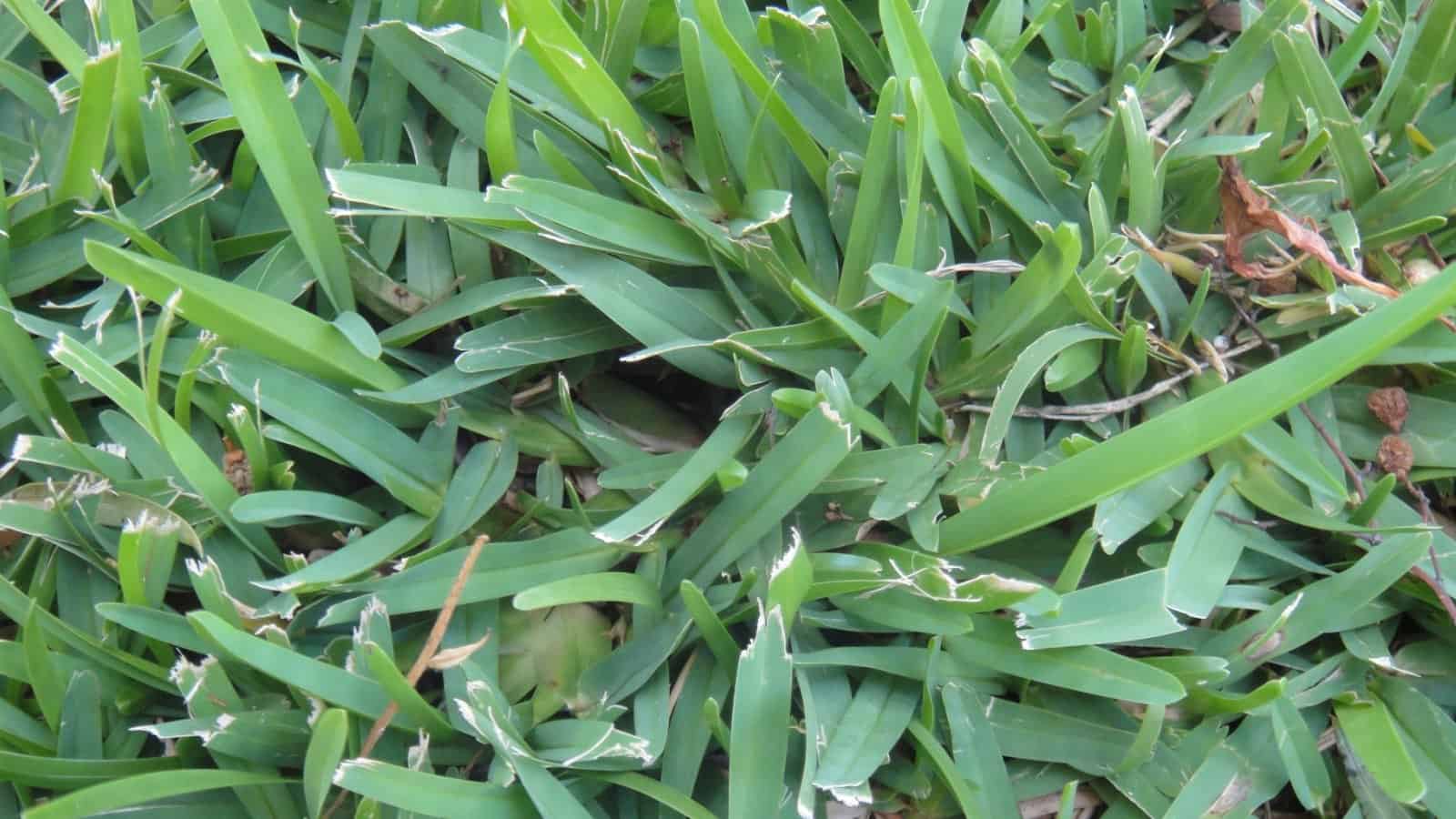
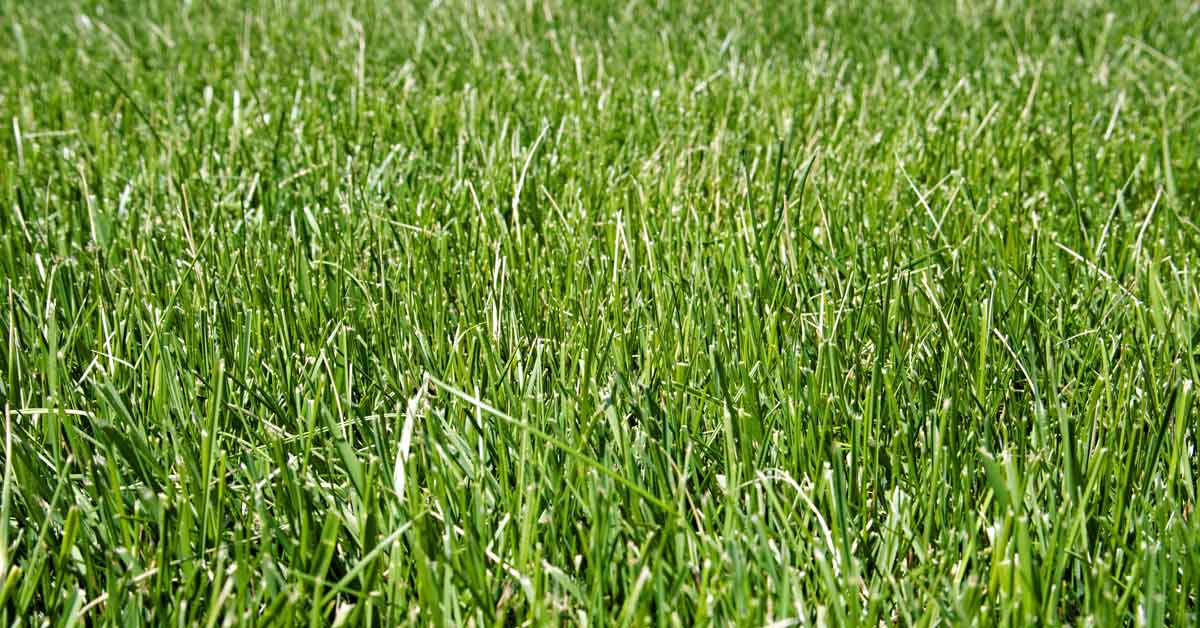
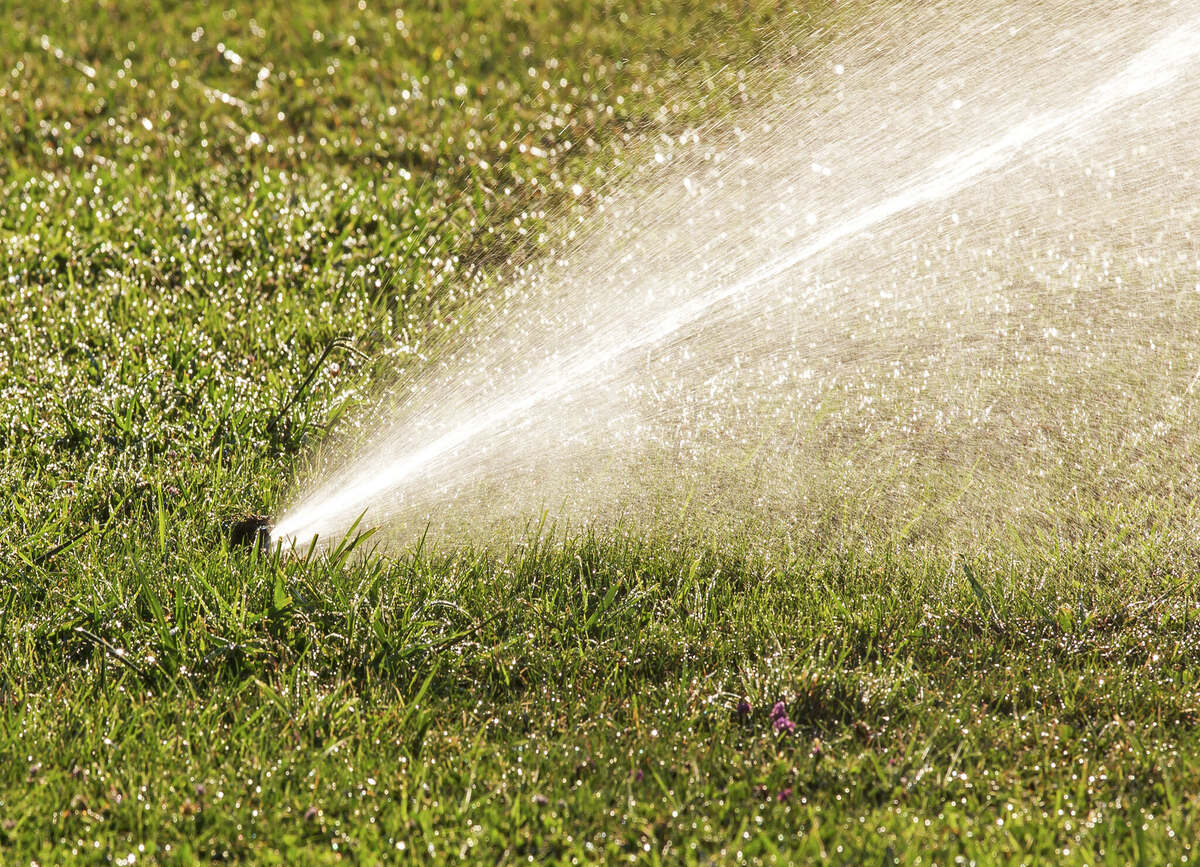
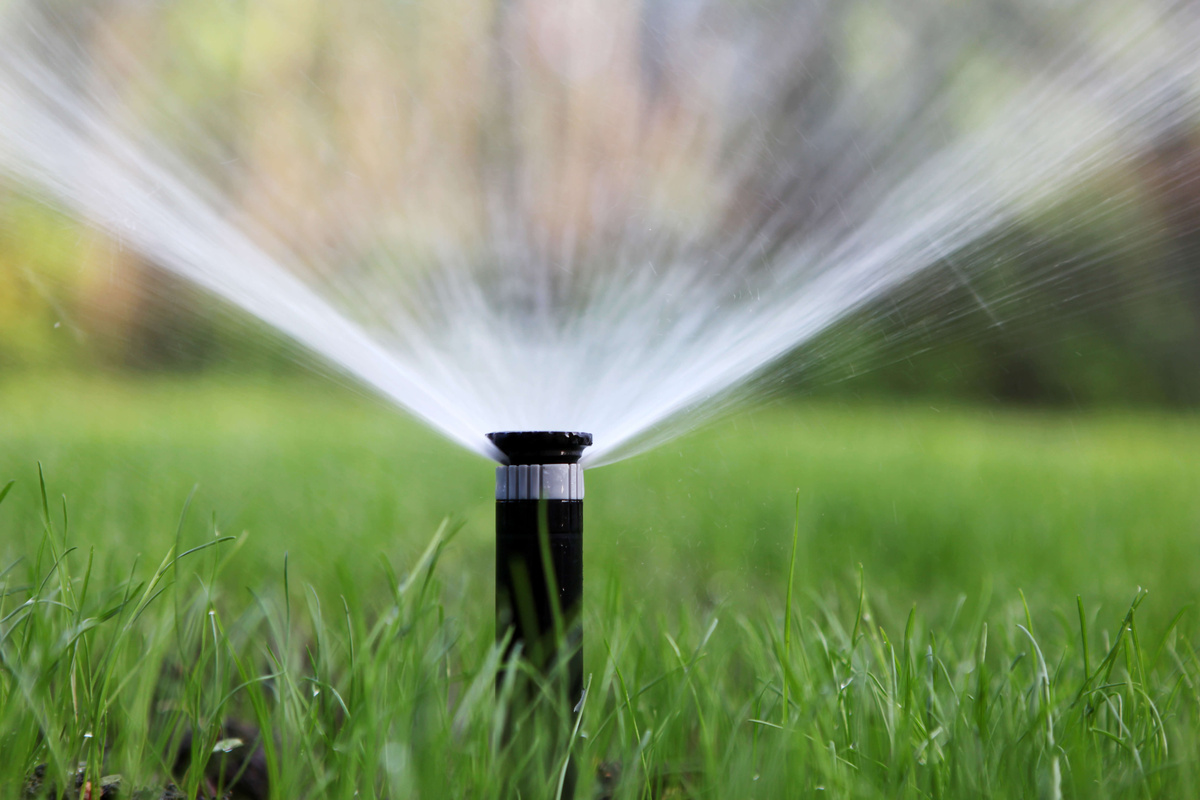
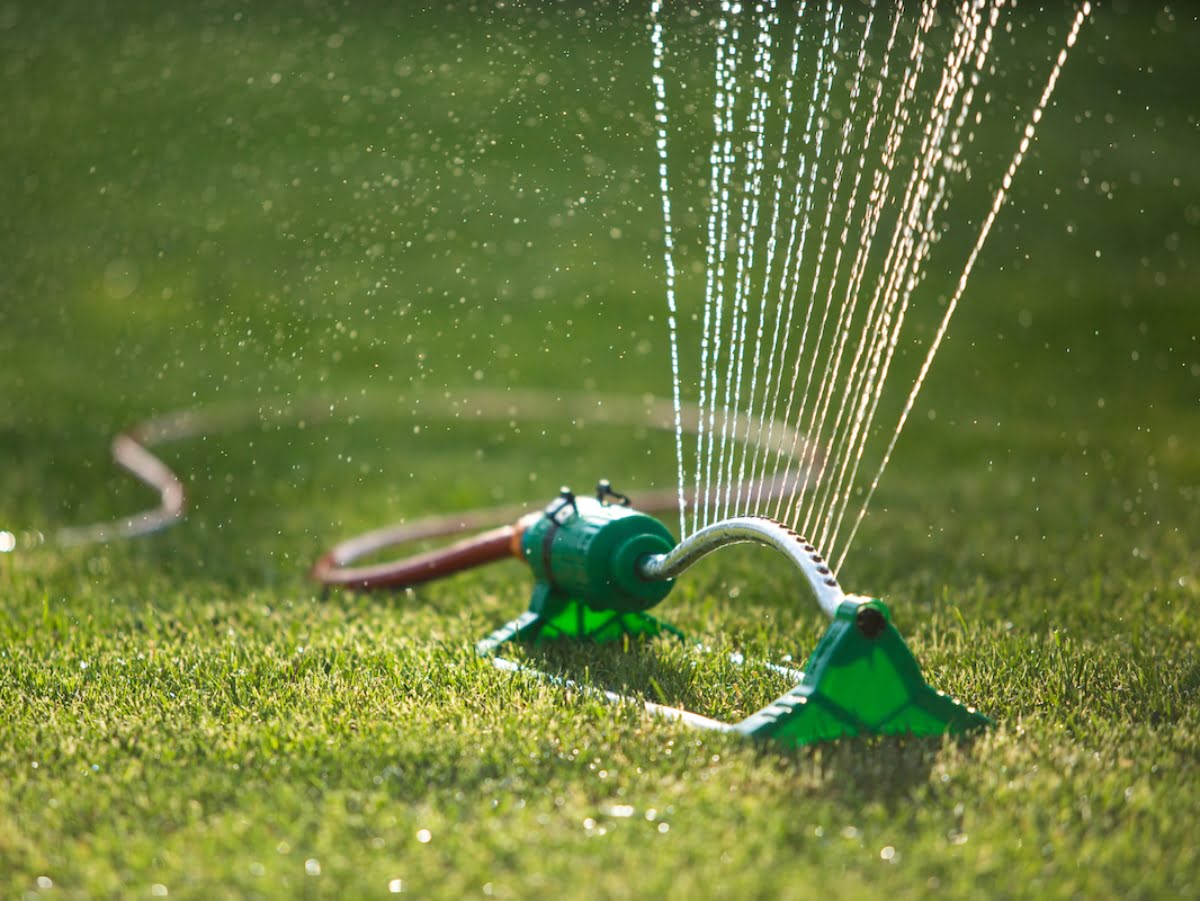
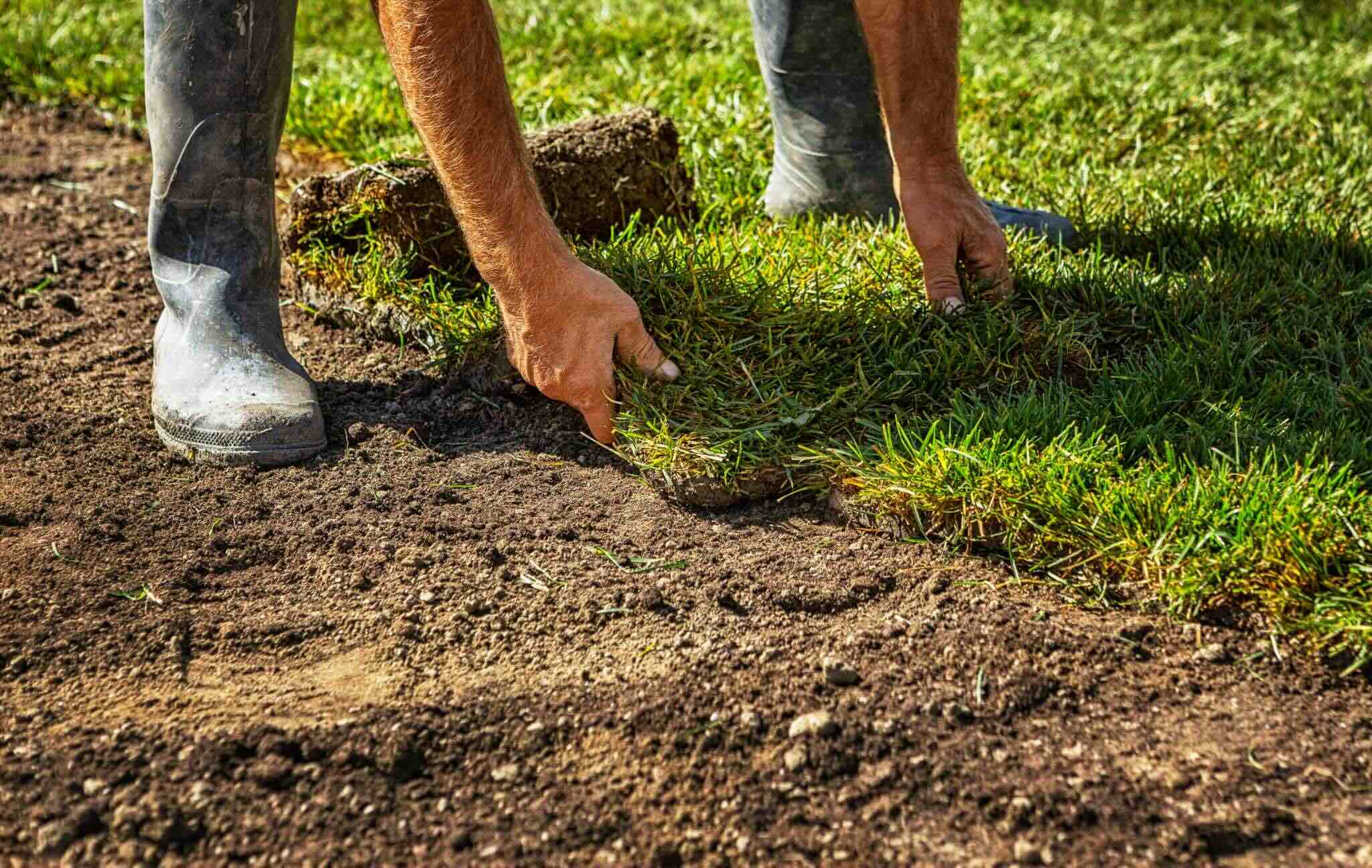
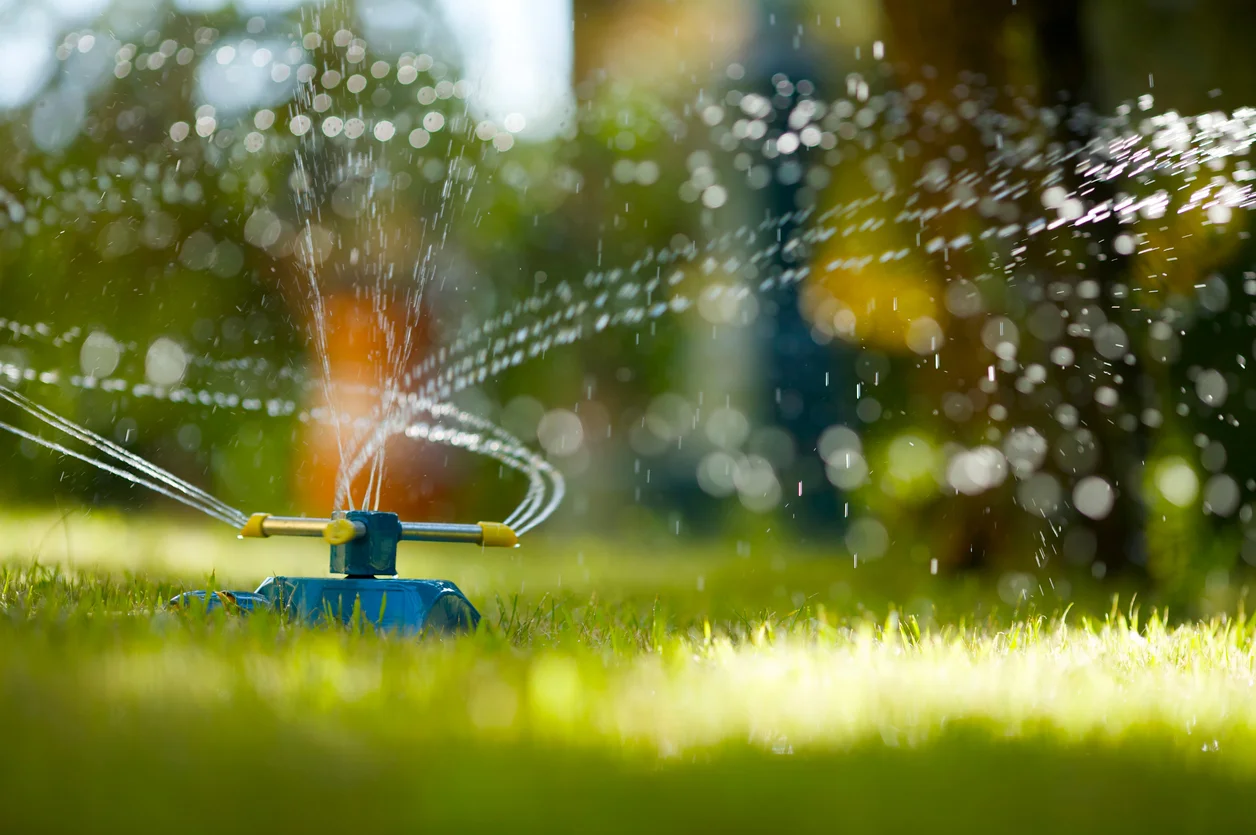
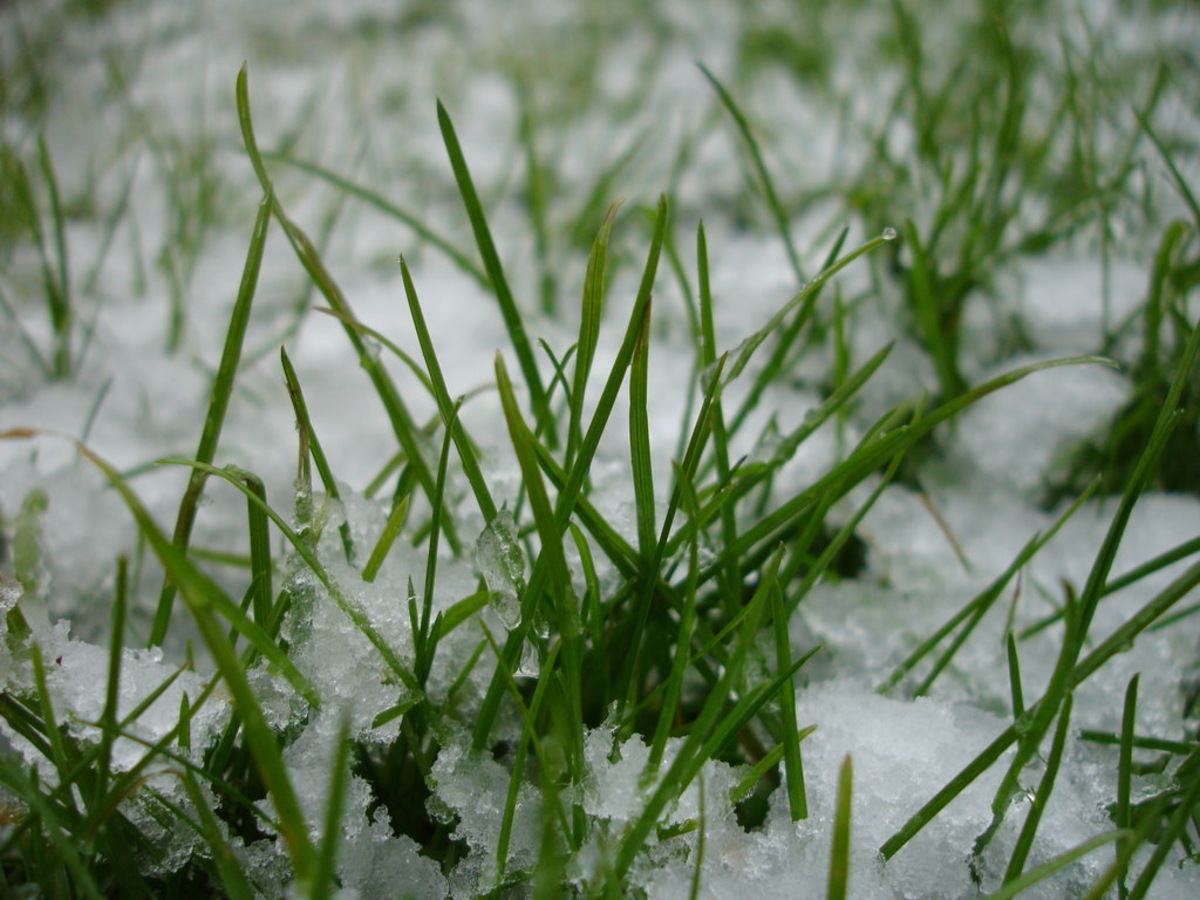
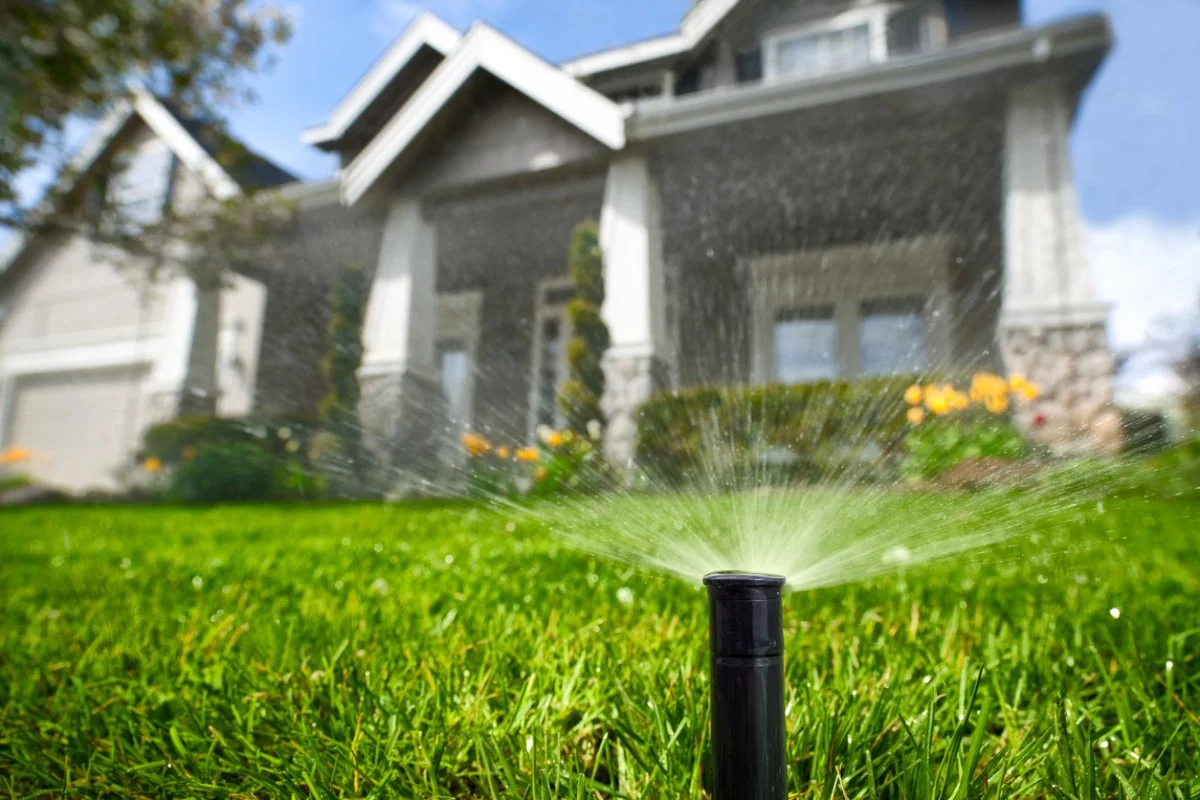

0 thoughts on “How Often To Water Grass Seedlings”